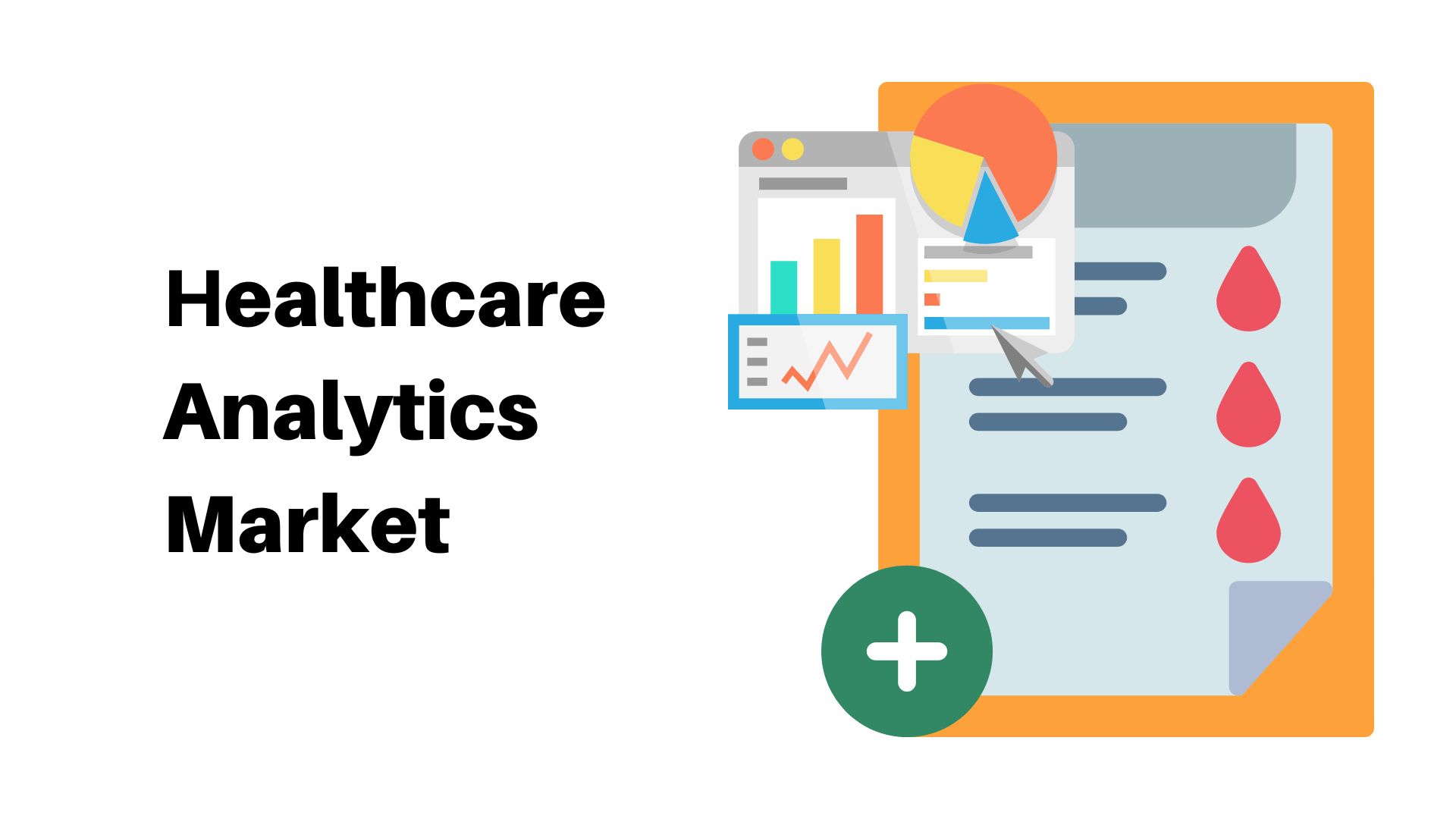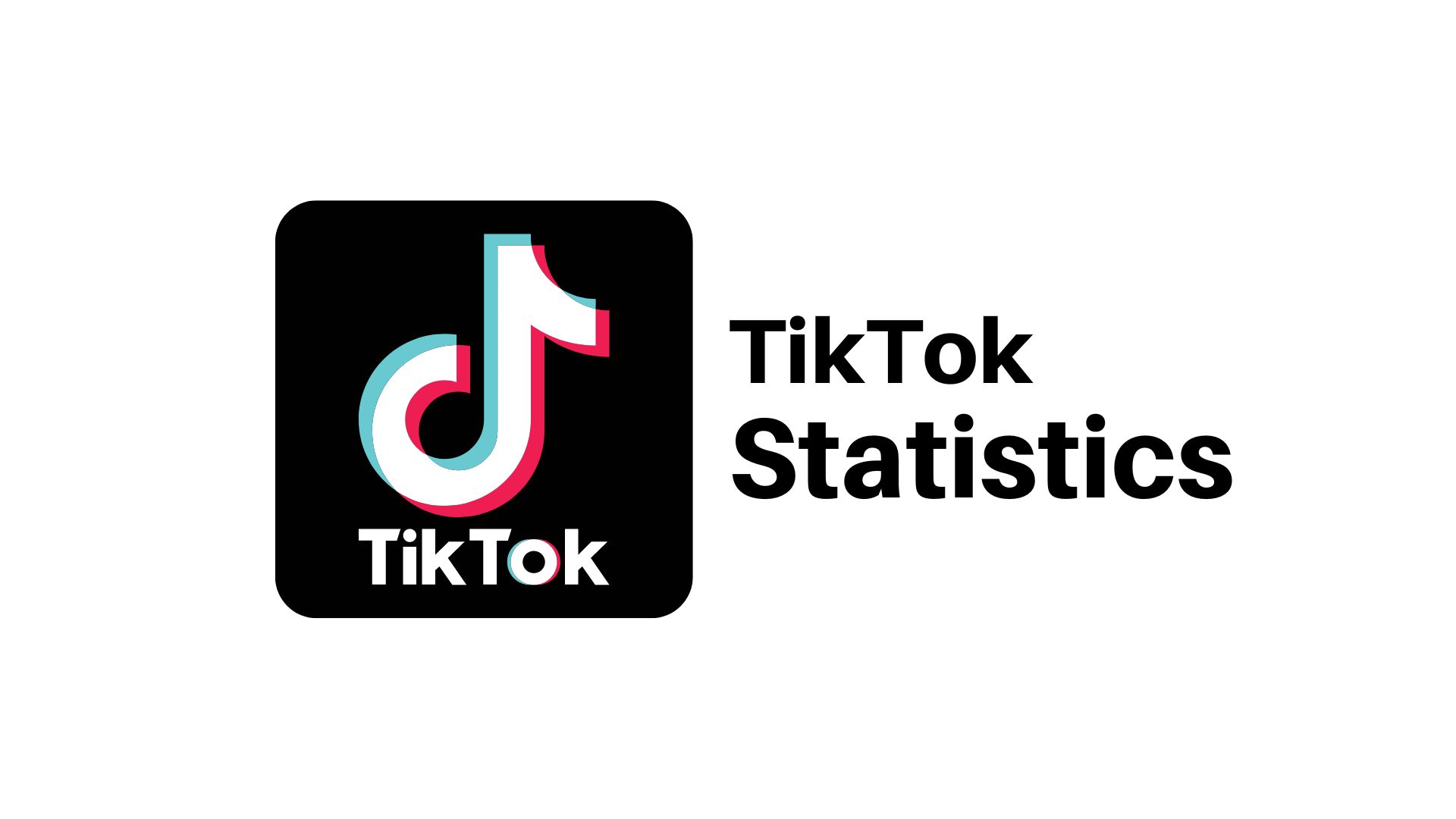The Future of Healthcare Analytics: How Generative AI is Revolutionizing the Industry | Market.us

Page Contents
Market Overview
Published Via 11Press : The healthcare analytics market is rapidly growing due to the increasing demand for advanced technologies that can help healthcare providers improve patient outcomes, reduce costs, and optimize operations. This market comprises various solutions, such as clinical analytics, financial analytics, operational analytics, and population health management. These solutions are designed to collect and analyze data from various sources such as electronic health records (EHRs), medical claims data, patient-generated data, and other sources.
The healthcare analytics market accounted for USD 29.2 billion in 2022 and is expected to grow to around USD 249.3 billion in 2032. Between 2023 and 2032, this market is estimated to register the highest CAGR of 24.6%.
The growth of this market can be attributed to several factors such as an increase in government initiatives to promote big data in healthcare, rising pressure to curb healthcare costs while improving quality of care delivery, and technological advancements in big data analytics tools.
In addition to this, the COVID-19 pandemic has further fueled the growth of the healthcare analytics market as it highlighted the need for real-time monitoring of public health crises and efficient utilization of resources within the healthcare system. As a result of these factors driving growth in this industry segment coupled with increasing adoption rates across regions globally; it is set to continue experiencing significant transformation over time resulting in reshaped services with a high potential impact on the overall sector's performance going forward.
Request For Sample Report Here: https://market.us/report/healthcare-analytics-market/request-sample/

Key Takeaway
- The growth of the market is being driven by the increasing adoption of data-driven decision-making by healthcare organizations, the growing availability of data, and the development of new data analytics tools.
- The largest end-user segment is hospitals, followed by physician practices and payers. North America is the largest market for healthcare analytics, followed by Europe and Asia-Pacific.
- North America region has garnered a market share of 50.5% in 2020 and will lead in the near future.
Regional Snapshot
- North America: North America and, specifically the US, are market leaders when it comes to healthcare analytics. Their market is driven by an established healthcare system with modern infrastructure as well as extensive use of IT-based solutions in healthcare delivery. Growth drivers include increasing amounts of health data available as well as cost restriction initiatives by government bodies as well as large market players present within this region.
- Europe: Europe is an essential market for healthcare analytics solutions, with countries like Germany, the United Kingdom, France, and Scandinavia leading the adoption and deployment of these analytics. Market growth here can be attributed to factors like an increasing focus on quality-based care as well as population health management influencing its market along with efficient delivery systems that abide by government policies as well as regulations.
- Asia-Pacific: Asia-Pacific regions are witnessing sustained expansion in their health analytics market. Countries such as China, India, Japan, and Australia are all investing heavily in health IT infrastructures while using health analytics tools to address healthcare's many challenges. Aspects such as rising healthcare costs, demand for high-quality care as well as digitizing of medical information as well as government initiatives encouraging healthcare IT adoption all contribute towards its expansion across this region.
- Latin America: Latin America has experienced rapid expansion for healthcare analytics solutions. States such as Brazil, Mexico, and Argentina have all witnessed increased usage. Market growth here can be attributed to factors like increasing cost-cutting efforts as well as improved healthcare infrastructure as well as government initiatives designed to optimize healthcare delivery services.
- Middle East and Africa: Healthcare analytics markets across this region have experienced substantial growth over recent years. Countries such as Saudi Arabia, United Arab Emirates, and South Africa are investing heavily in IT infrastructure related to healthcare while simultaneously adopting analytics-based solutions which enhance quality healthcare while increasing effectiveness. Growth of the market is due to factors like increasing investment into healthcare infrastructure as well as demand for data-driven decisions; increasing investments made into healthcare provision as well as government initiatives aiming at increasing quality care while simultaneously expanding accessibility.
Directly Purchase a copy of the report | Quick Delivery Available – buy: https://market.us/purchase-report/?report_id=103401
Drivers
- Increasing Volume of Healthcare Data: The healthcare industry generates vast amounts of data from various sources, including electronic health records, medical imaging, wearable devices, and genomics. The need to effectively manage and derive insights from this data is a key driver of the healthcare analytics market.
- Demand for Data-Driven Decision-Making: Healthcare organizations are increasingly recognizing the value of data-driven decision-making to improve patient outcomes, enhance operational efficiency, and reduce costs. Healthcare analytics provides the tools and insights necessary to leverage data for informed decision-making.
- Growing Focus on Population Health Management: The shift towards population health management, which involves proactively managing the health of a defined population, drives the adoption of healthcare analytics. Analytics enables healthcare providers to identify at-risk populations, predict disease outbreaks, and implement targeted interventions for better population health outcomes.
- Regulatory Requirements and Quality Reporting: Regulatory mandates, such as the implementation of electronic health records and the reporting of quality measures, create a need for robust analytics capabilities. Healthcare analytics helps organizations meet regulatory requirements, monitor quality metrics, and improve patient safety and care delivery.
- Technological Advancements: Advancements in technologies like big data analytics, artificial intelligence (AI), machine learning, and natural language processing have revolutionized healthcare analytics. These technologies enable more sophisticated analysis, predictive modeling, and real-time monitoring, driving the market growth.
Restraints
- Data Privacy and Security Concerns: The healthcare industry handles sensitive patient information, making data privacy and security a top concern. Healthcare organizations face challenges in ensuring compliance with data protection regulations and protecting patient privacy while leveraging data for analytics.
- Complex Data Integration: Healthcare data is often scattered across various systems, formats, and sources, making data integration a complex task. The lack of standardized data formats and interoperability issues can hinder the seamless integration of data for analytics purposes.
- Skilled Workforce and Change Management: Implementing healthcare analytics requires a skilled workforce capable of managing and analyzing complex data sets. The shortage of professionals with expertise in healthcare analytics, along with the need for change management within organizations, poses challenges to successful adoption.
Opportunities
- Predictive and Prescriptive Analytics: There is a significant opportunity for healthcare analytics to advance from descriptive analytics to predictive and prescriptive analytics. Predictive analytics can identify trends and patterns to forecast patient outcomes and disease progression, while prescriptive analytics can provide actionable insights for personalized treatment plans.
- Real-Time Analytics and Remote Patient Monitoring: The integration of real-time analytics with remote patient monitoring technologies opens up opportunities for proactive and personalized healthcare delivery. Remote monitoring devices and analytics platforms can enable early detection of health issues, timely interventions, and improved patient engagement.
Make an inquiry before picking up this report @ https://market.us/report/healthcare-analytics-market/#inquiry
Challenges
- Data Quality and Accuracy: The reliability and accuracy of healthcare data are critical for effective analytics. Data inconsistencies, errors, and incomplete records can compromise the quality and reliability of analytics insights, posing challenges to deriving accurate conclusions and making informed decisions.
- Return on Investment (ROI) and Financial Considerations: Healthcare organizations face challenges in realizing the full ROI from their investments in healthcare analytics. The upfront costs of implementing analytics solutions, ongoing maintenance expenses, and the need to demonstrate tangible financial benefits can be hurdles to adoption.
- Regulatory and Legal Barriers: The healthcare industry is subject to strict regulatory frameworks and compliance requirements, such as HIPAA in the United States. Ensuring compliance with regulations while leveraging data for analytics purposes poses legal and regulatory challenges that need to be addressed.
Market Players
- McKesson Corporation
- IQVIA
- IBM
- Optum, Inc.
- Cerner Corporation
- Oracle
- Truven Health Analytics, Inc.
- SAS Institute, Inc
- Verisk Analytics, Inc.
- Elsevier
- Medeanalytics, Inc.
- Allscripts Healthcare Solutions, Inc.
- Other key players
Market Segmentation
By Type
- Descriptive
- Predictive
- Cognitive
By Application
- Financial
- RCM
- Fraud
- Clinical
- Operational
By Component
- Services
- Software
By Deployment
- On-Premise
- Cloud
By End User
- Hospitals
- Payer
Top Impacting Factors
- Increasing Focus on Value-Based Care: The shift from fee-for-service to value-based care models emphasizes the importance of outcomes, quality, and cost-effectiveness. Healthcare analytics enables providers to measure and improve patient outcomes, optimize resource allocation, and identify areas for cost reduction, aligning with the goals of value-based care.
- Growing Adoption of Electronic Health Records (EHRs): The widespread adoption of electronic health records provides a vast amount of structured and unstructured data for analysis. Healthcare analytics leverages EHR data to gain insights into patient populations, identify care gaps, track quality metrics, and improve care coordination.
- Demand for Population Health Management: The focus on population health management drives the need for healthcare analytics. Analytics helps healthcare organizations identify high-risk patient populations, develop preventive interventions, and allocate resources efficiently to improve overall population health outcomes.
- Increasing Healthcare Expenditure and Cost Pressures: Rising healthcare costs globally put pressure on healthcare organizations to find ways to improve operational efficiency and cost-effectiveness. Healthcare analytics plays a vital role in optimizing resource utilization, reducing waste, and identifying areas for cost savings.
- Technological Advancements: Technological advancements in areas such as big data analytics, artificial intelligence (AI), machine learning, and natural language processing are transforming the healthcare analytics landscape. These technologies enable advanced data processing, predictive modeling, real-time monitoring, and decision support systems.
Recent Developments
- July 2021 – IBM announced the achievement of Bluetab Solutions Group, S.L. to increase its data and mix cloud computing facilities in Europe and Latin America.
- April 2021 –The Cerner Corporation said the acquirement of Kantar Health. This deal meant blending data and research skills with a neutral to grow and commercialize novel life science solutions.
- April 2021– Microsoft Corp said a merger contract with Nuance Communications Inc. The achievement is meant to join solutions from both corporations to bring cloud and AI abilities across healthcare businesses.
Report Scope
| Report Attribute | Details |
| The market size value in 2022 | USD 29.2 Bn |
| Revenue Forecast by 2032 | USD 249.3 Bn |
| Growth Rate | CAGR Of 24.6% |
| Regions Covered | North America, Europe, Asia Pacific, Latin America, and Middle East & Africa, and Rest of the World |
| Historical Years | 2017-2022 |
| Base Year | 2022 |
| Estimated Year | 2023 |
| Short-Term Projection Year | 2028 |
| Long-Term Projected Year | 2032 |
Frequently Asked Questions
Q: What is the current size of the Healthcare Analytics Market?
A: The Global Healthcare Analytics Market size is USD 29.2 Billion in 2022.
Q: What is the projected growth rate for Healthcare Analytics Market?
A: The Healthcare Analytics Market is expected to grow at a CAGR of 24.6% from 2023 to 2032.
Q: What are some of the key players in the Healthcare Analytics Market?
A: Some of the key players in the Healthcare Analytics market include McKesson Corporation, IQVIA, IBM, Optum, Inc., Cerner Corporation, Oracle, Truven Health Analytics, Inc., SAS Institute, Inc, Verisk Analytics, Inc., Elsevier, Medeanalytics, Inc., Allscripts Healthcare Solutions, Inc., Other key players.
Contact:
Global Business Development Team – Market.us
Market.us (Powered by Prudour Pvt. Ltd.)
Send Email: [email protected]
Address: 420 Lexington Avenue, Suite 300 New York City, NY 10170, United States
Tel: +1 718 618 4351
Website: https://market.us/
Content has been published via 11press. for more details please contact at [email protected]
The team behind market.us, marketresearch.biz, market.biz and more. Our purpose is to keep our customers ahead of the game with regard to the markets. They may fluctuate up or down, but we will help you to stay ahead of the curve in these market fluctuations. Our consistent growth and ability to deliver in-depth analyses and market insight has engaged genuine market players. They have faith in us to offer the data and information they require to make balanced and decisive marketing decisions.



